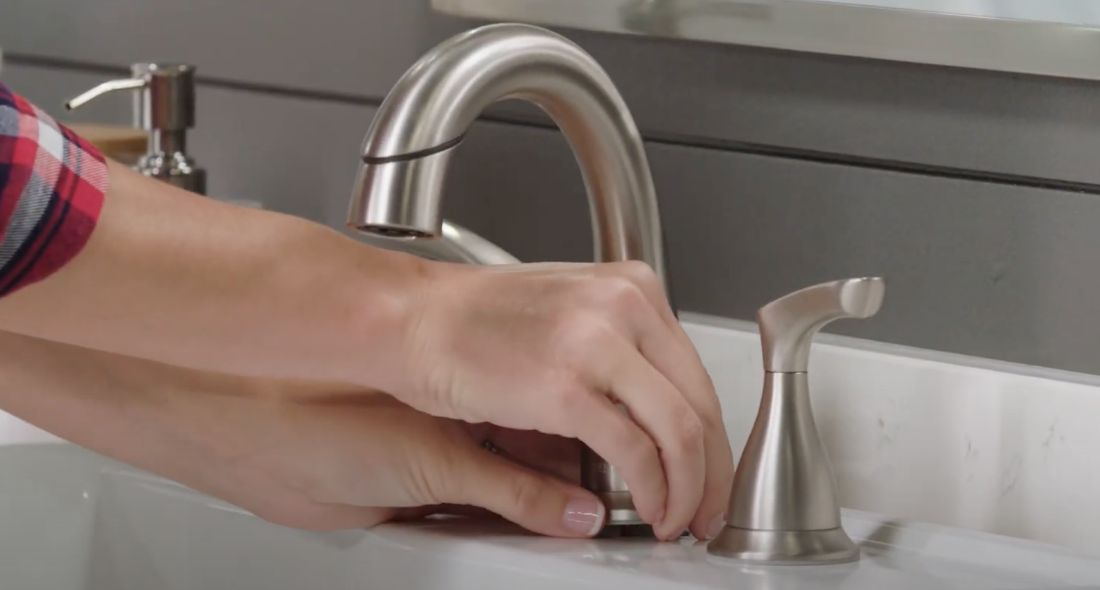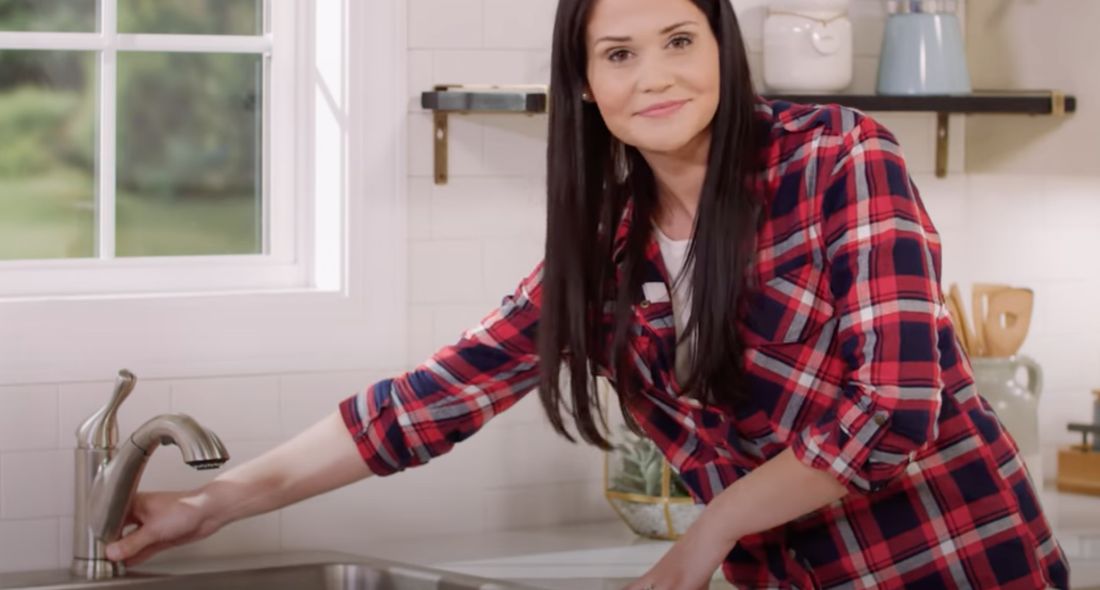My Reasons Behind Fixing a Leaking Faucet
My Reasons Behind Fixing a Leaking Faucet
Blog Article
Have you been on the lookout for insight on Why It's Important to Fix Leaky Faucets?

Trickling faucets might feel like a small trouble, however their impact exceeds just the annoyance of the audio. From wasting water to sustaining unnecessary economic expenses and health and wellness risks, overlooking a leaking tap can cause various repercussions. In this short article, we'll look into why it's vital to address this typical household concern immediately and efficiently.
Wastefulness of Water
Environmental Influence
Dripping taps contribute substantially to water wastage. According to the Epa (EPA), a single faucet leaking at one drip per second can lose greater than 3,000 gallons of water per year. This not just pressures water resources however additionally impacts communities and wild animals dependent on them.
Step-by-Step Overview to Fixing a Dripping Tap
Devices Required
Before trying to fix a dripping tap, collect the required devices, including a flexible wrench, screwdrivers, substitute components (such as washers or cartridges), and plumber's tape.
Typical Tap Issues and Their Solutions
Identify the kind of tap and the details issue triggering the drip. Typical issues consist of worn-out washing machines, rusty shutoff seats, or faulty O-rings. Refer to producer directions or online tutorials for step-by-step assistance on repair work.
Financial Prices
Raised Water Bills
Past the ecological influence, dripping taps can inflate water bills substantially. The built up wastage in time converts right into greater energy expenditures, which might have been prevented with prompt repair services.
Prospective Building Damages
Moreover, long term leaking can cause damage to fixtures and surfaces bordering the tap. Water buildup can create discoloration, rust, and even structural issues if left neglected, resulting in additional repair service expenses.
Health and wellness Issues
Mold and Mold Development
The continuous existence of moisture from a trickling tap produces an excellent setting for mold and mildew and mildew growth. These fungis not only compromise interior air top quality but additionally posture health and wellness dangers, particularly for people with respiratory system problems or allergic reactions.
Waterborne Diseases
Stationary water in leaking faucets can come to be a breeding place for bacteria and various other pathogens, increasing the threat of waterborne diseases. Impurities such as Legionella germs flourish in stationary water, potentially resulting in serious ailments when ingested or inhaled.
Do it yourself vs. Professional Fixing
Advantages and disadvantages of DIY Fixing
While some may try to repair a trickling faucet themselves, do it yourself repairs feature their own collection of challenges. Without appropriate expertise and tools, do it yourself attempts can worsen the issue or cause insufficient repair work, prolonging the issue.
Advantages of Hiring a Professional Plumber
Working with a specialist plumber guarantees that the underlying cause of the dripping faucet is resolved effectively. Plumbings possess the experience and equipment to identify and repair faucet problems successfully, conserving time and minimizing the danger of additional damages.
Ecological Responsibility
Private Payment to Preservation
Taking duty for fixing dripping faucets lines up with more comprehensive initiatives towards water preservation and ecological sustainability. Every person's actions jointly make a substantial influence on preserving precious resources.
Sustainable Living Practices
By focusing on timely repair services and taking on water-saving routines, people add to lasting living techniques that profit both existing and future generations.
Safety nets
Routine Maintenance Tips
To avoid trickling faucets, perform routine maintenance such as cleaning up aerators, checking for leaks, and replacing damaged components immediately. Furthermore, take into consideration mounting water-saving gadgets or upgrading to more reliable fixtures.
Relevance of Prompt Fixes
Attending to leaking faucets as quickly as they're observed stops further water wastefulness and possible damages, eventually saving both water and cash over time.
Effect On Home Value
Assumption of Well-Maintained Residential Property
Preserving a residential or commercial property in good condition, consisting of attending to maintenance concerns like leaking taps, improves its perceived worth and value amongst prospective customers or occupants.
Influence on Resale Worth
Characteristics with properly maintained plumbing fixtures, consisting of taps, command greater resale worths in the property market. Attending to trickling taps can contribute to a positive impact during building inspections and negotiations.
Final thought
Resolving a trickling tap goes beyond mere comfort; it's a crucial step towards saving water, minimizing financial costs, and safeguarding wellness and home. Whether via DIY repair work or specialist assistance, taking action to take care of leaking taps is a little yet impactful means to promote accountable stewardship of sources and add to a much healthier, a lot more lasting future.
How to Fix a Leaky Faucet: Step-by-Step Repair Guide
A leaky faucet may seem like a simple annoyance, but if it's not fixed promptly, that leak could cost hundreds to potentially thousands. From water damage to mold, mildew, and high water bills, even a tiny leak can be catastrophic if left unattended. Damage like this can even affect the overall value of your home, so it's important to take the right approach for leaky faucet repair. You may need the help of a plumber in some cases, but we've got a few tips you can try on how to fix a leaky faucet before calling the pros.
Four Faucet Types
When you're learning how to fix a leaky faucet, the first step is knowing what kind of faucet you're working with! There are four common types.
Cartridge Faucets
Cartridge faucets come in one- or two-handled varieties. In one-handled cartridge faucets, hot and cold water combines in a single cartridge. In the two-handled versions, hot and cold water are controlled separately and mixed in the faucet.
Ball Faucets
Ball faucets have a single lever you push up and down to adjust the pressure and rotate to change the temperature. A slotted metal ball controls the amount of water allowed into the spout.
Compression Washer Faucets
They're the oldest type of faucet, but they're still used in many homes — especially older ones. Compression faucets have two separate handles that, when turned, raise or lower the washer that seals a water valve. This valve stops water from flowing through the faucet when it is turned off.
Disc Faucets
Disc faucets rarely need to be repaired due to their maintenance-free design. The water flow is controlled by two discs — the upper one raises and lowers against a fixed lower disc, creating a watertight seal. If your disc faucet starts leaking, you may need to replace the seals or clean residue buildup from the inlets.
Fixing a Leaky Faucet
Step 1: Turn Off the Water
Whether you're learning how to fix a leaky bathtub faucet or how to fix a leaky kitchen faucet, always turn off the water supply to your working area when you're fixing a leak. The last thing you want is a flood added to your list of things to fix.
Look for the shutoff valves below your sink or around the tub and turn them clockwise to stop the water flow. If your faucet doesn't have shutoff valves, you may need to turn off the water for the whole house. Check to make sure it's off by turning the faucet on. If nothing comes out, you're ready to start the repair.
Step 2: Take Apart the Faucet
How you disassemble your faucet depends on the type of fixture you have. You can use a flathead screwdriver to remove the caps on top of the handle or handles for cartridge and compression faucets. Inside, you should see handle screws. Unscrew these with a screwdriver to remove the handle.
Disc- and ball-style faucets will typically have an inlet screw near the handle, and removing that will reveal the interior of the faucet.
Detach the Valve Stem
For cartridge- and compression-style faucets, you'll see the inner valve stem or cartridge once you remove the faucet handles. If you have a compression faucet, unscrew the brass valve stem. If you have a cartridge faucet, pull out the cartridge. If your cartridge has been in place for a while, it may require some tools or extra force to remove it due to mineral deposits.
Examine and Replace Parts
Once you've removed the parts, check them out to confirm what needs to be replaced. You may see corroded rubber washers, O-rings, stems, or cartridges. On a ball-style faucet, check the seats and springs for damage.
If you need to repair a leaky disc faucet, check the inlet and seals on the lower disc.
Once you determine what parts must be replaced, visit your local hardware store. Bring the damaged parts with you to ensure you can purchase the correct components to replace them.
Clean Valves and Faucet Cavity
If you've removed a stem or cartridge, you may notice mineral buildup in the faucet's threads. Use white vinegar to clean the valve seat by soaking it for a few minutes, then scrub it away with a soft toothbrush and rinse with warm water. You can also clean the interior of the faucet in the same way.
Reassemble the Faucet
Once your faucet is cleaned and the required parts have been replaced, it's time to reassemble it. Put the pieces back together and slowly turn the water supply back on. Doing this slowly is crucial because too much initial water pressure can damage the new hardware you've just installed.
https://homewarranty.firstam.com/blog/how-to-fix-leaky-faucet

I'm very fascinated with 4 Common Reasons for a Leaky Faucet and I hope you enjoyed our piece. Enjoyed our posting? Please share it. Help others locate it. We take joy in your readership.
Report this page